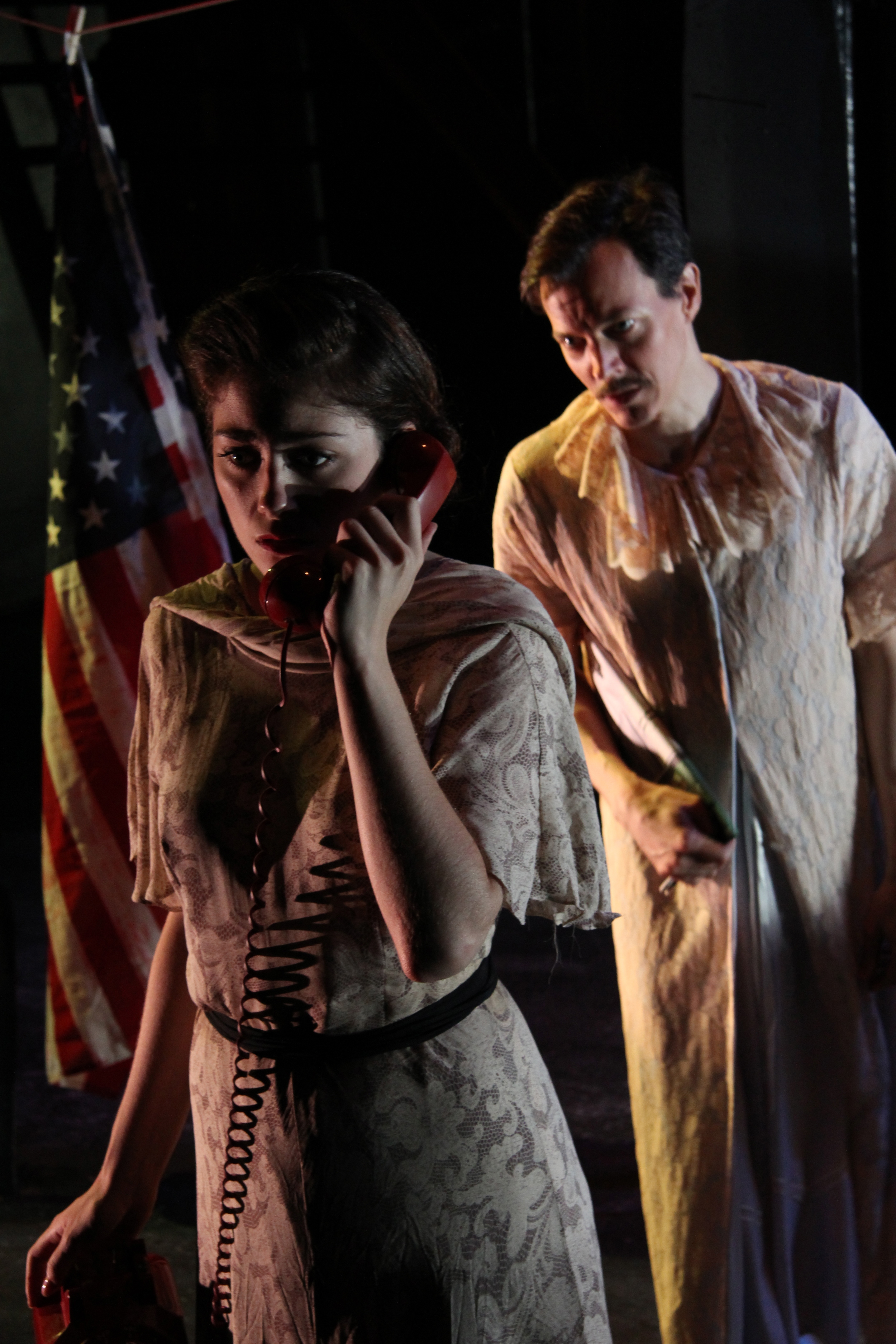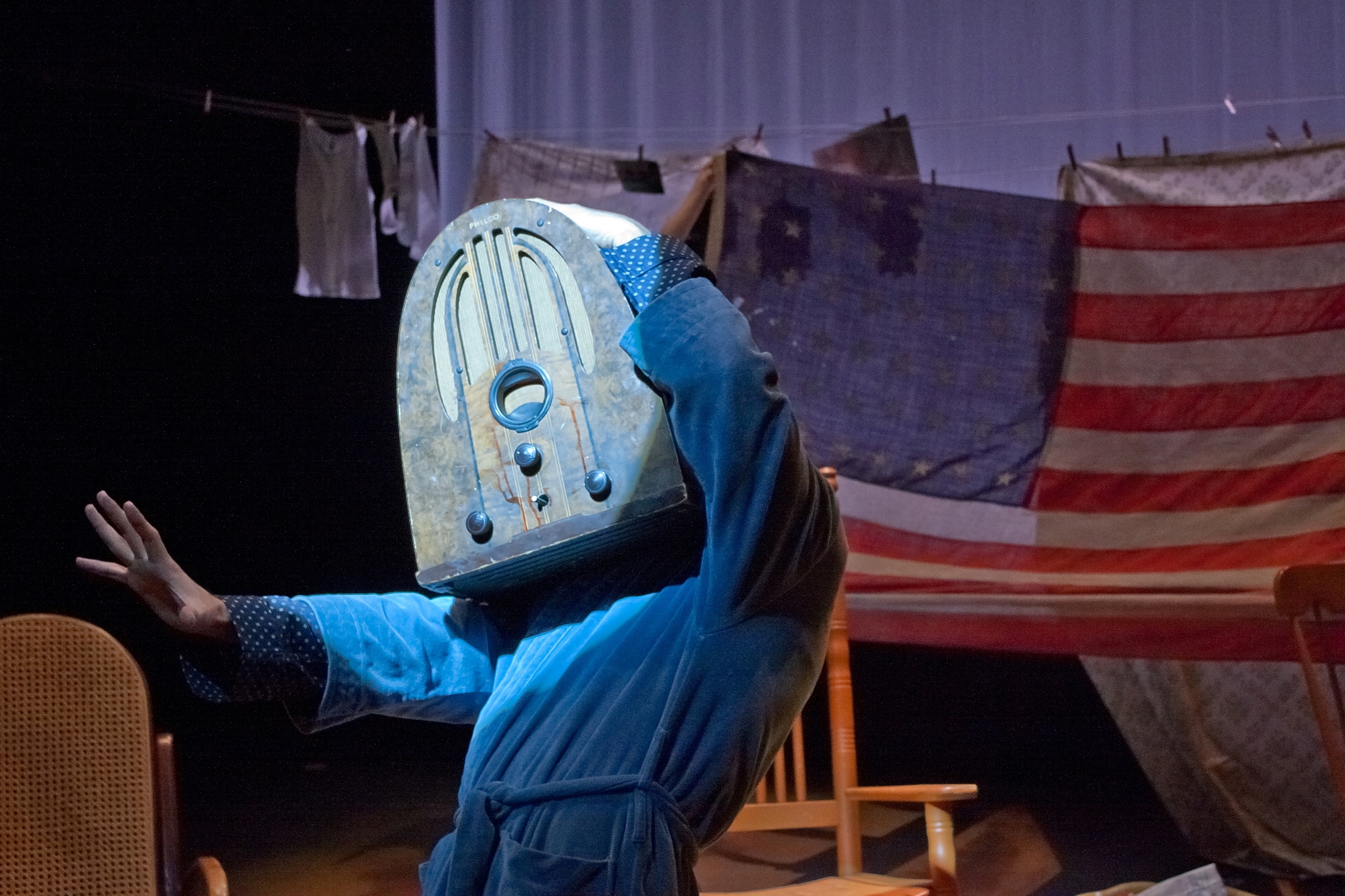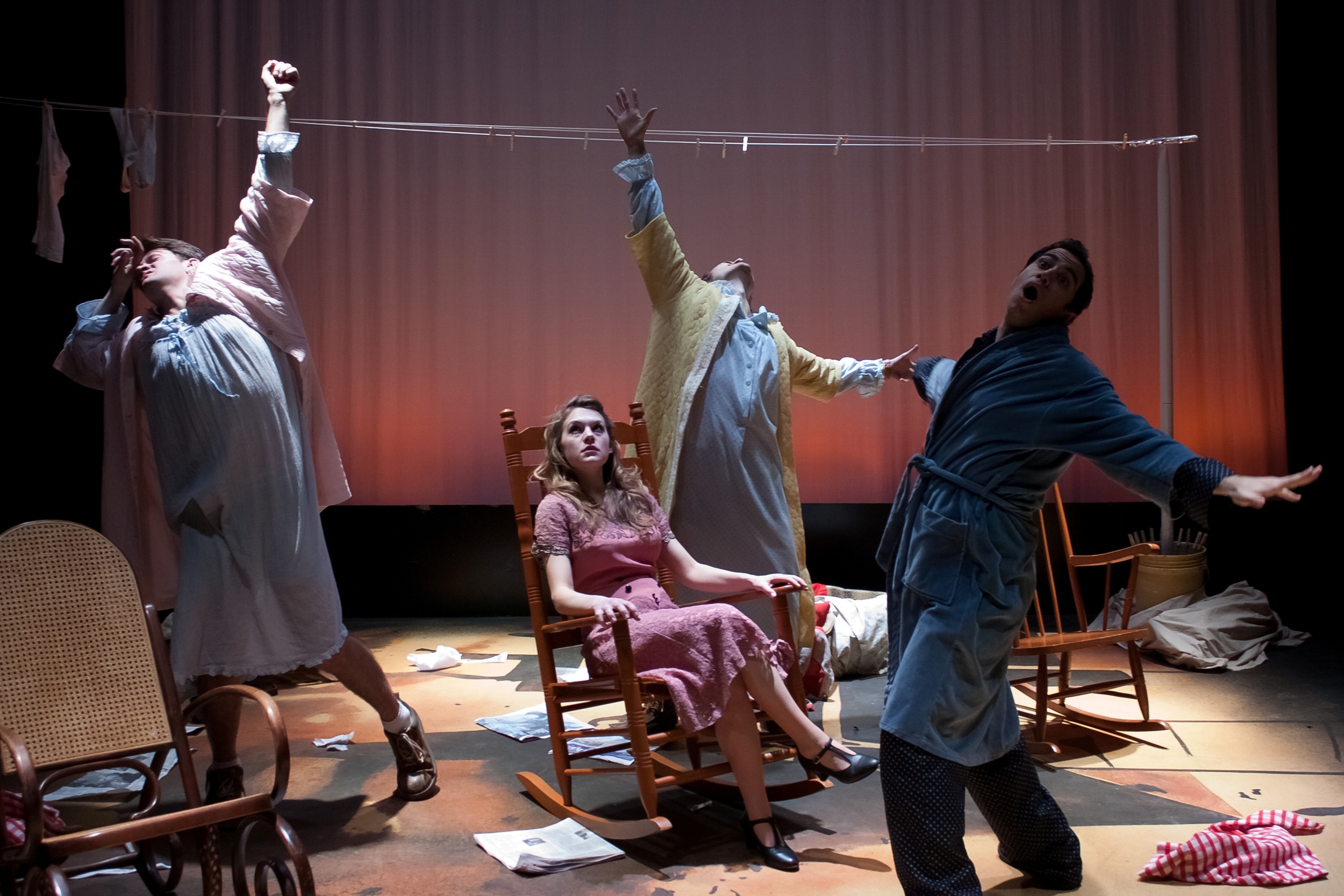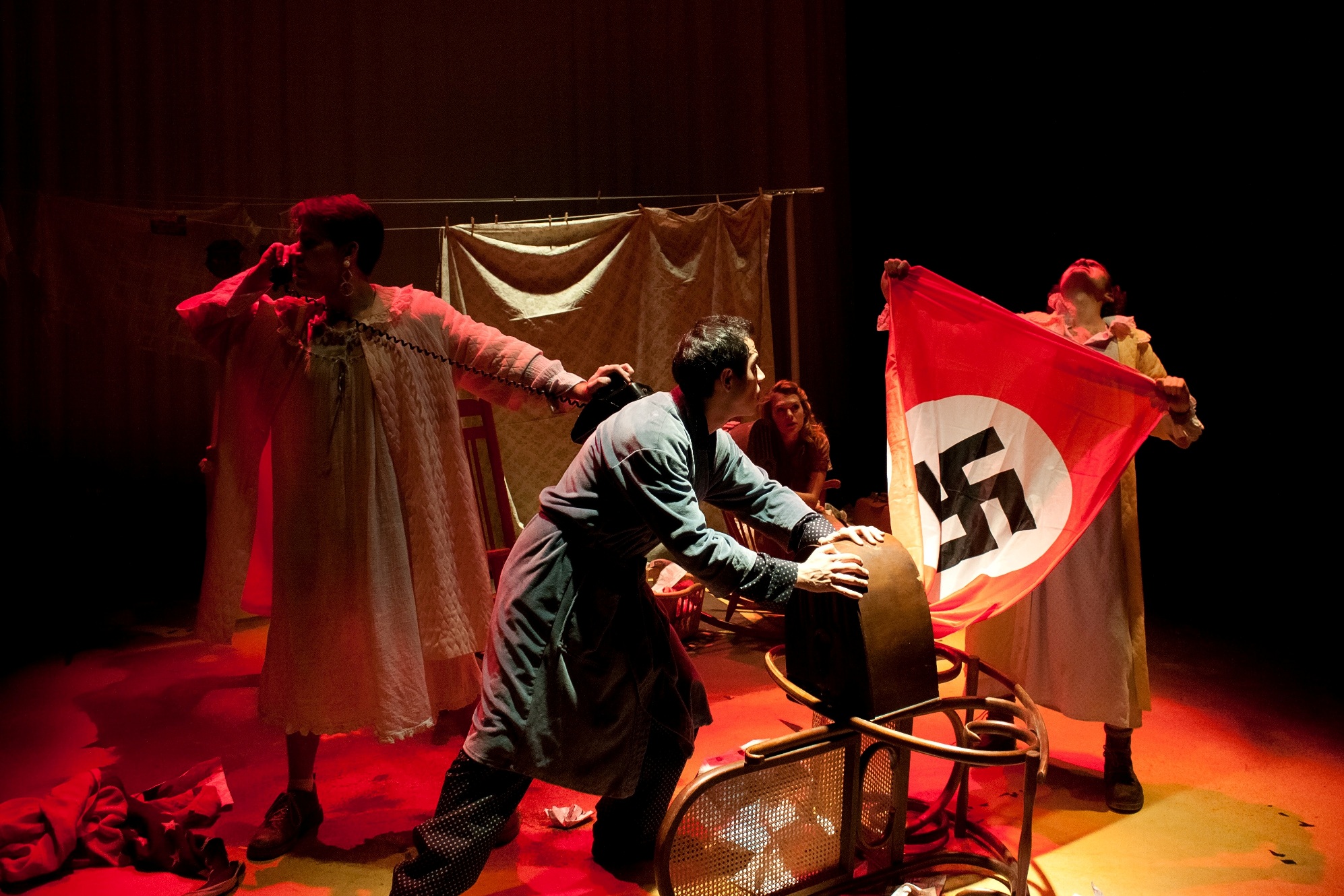BLIND ALLEY GUY: Notes for an Unfinished Play
Eugene O'Neill, conceived and adapted by Joshua William Gelb
Exactly two months after completing what would come to be considered his masterpiece, Long Day’s Journey into Night, Eugene O’Neill conceived of a new a drama about a gangster sentenced to death in the electric chair. He would eventually call the play Blind Alley Guy. For two years he developed this idea, drafting pages of handwritten notes and completing in the interim both Hughie and Moon for the Misbegotten. By then it was 1943 and O’Neill, at 55 years old, was beset by tremors in his hand so terrible he couldn’t even hold a pencil. He abandoned writing in June of that year, ten years before his death. Blind Alley Guy would be the last play he would ever attempt.
"I can’t move it – same old stuff again – too many ideas in head – lose interest not in idea of play but in writing it – a why bother in this world feeling – too much war preoccupation (which doesn’t help anything)." Eugene O’Neill, September 1941
Snippets of dialogue, outlines, and character descriptions – each contradictory and evolving – are all that remains of O’Neill’s final effort. What emerges from these fragments is the tragedy of Walter White (alias Blackie), a sociopathic gangster condemned to death for murder, whose cruelly uninformed family provides the lens through which Blackie’s crimes are exposed.
"Blackie never appears although he is chief character – only his father, mother, sister, and Dora [his wife] – yet play is the story of his life, revelation of his character, as brought out in their memories, jealousies, resentments, frustrations, conflicts, guilt, all due to their relationship with him." Eugene O’Neill, January 1941
Blind Alley Guy: Notes for an Unfinished Play by Eugene O’Neill is adapted from these notes, a chaotic dramatization of the act of writing. The production mashes clowning in the manner of Chaplin (O’Neill’s loathed son-in-law) with the brooding tragic style of O’Neill’s great work. Trapped in a cycle of varying edits and re-writes, the White Family is portrayed as frantic puppets of an unseen and obviously uncertain creator, reenacting moments of their drama over and over again as they hurtle in no particular direction toward utter devastation.
Set on July 3rd, 1934, on the eve of Independence Day and mere days after Hitler’s “Night of the Long Knives,” the convoluted notes for Blind Alley Guy are filled with references to the ongoing World War, and the hypocritical stance of an isolationist America. Akin to Brecht’s Arturo Ui, the gangster Blackie provided O’Neill with his own literary incarnation of Adolf Hitler, and while the metaphor may be contrived; his intention to transform Blind Alley Guy into a fascist allegory is evident. Blind Alley Guy: Notes, etc… embraces these political theme, creating a heightened theatrical landscape in which the White family’s refusal to acknowledge the truth of Blackie’s plight, like any unchecked patriotism, results in a furious jumble of misinformation and denial.
While the 55 pages of miscellaneous, non-chronological notes have been edited down and filtered through the imagination of the company, Blind Alley Guy: Notes, etc… precisely illustrates the structural development of O’Neill’s idea, and the performance text, with few exceptions, belongs entirely to Eugene O’Neill. So as the White family unravels the unfortunate truth about their beloved son and brother – fragmentary evidence culminating in a gruesome revelation – the audience too is invited to play detective, constructing their own authoritative version of this unfinished play from the deteriorating mind of America’s first great dramatist.
Blind Alley Guy was initially developed at the Carnegie Mellon School of Drama's New Works Festival, 2011 with playwright Kevin Mullins. Designed by Joshua William Gelb, with Lighting by Calvin Johnson. Featuring Catherine Urbanek, Arya Shahi, Evan Baron, Alex Falberg and Joshua William Gelb.
It was presented at the Incubator Arts Project later that summer. Set Design by Josh Smith. Lighting by Calvin Johnson. Sound/Costumes by Joshua William Gelb. Featuring Joshua Isaacs, Daniel Allen Nelson, Elizabeth Alderfer, Justin Nestor and Joshua William Gelb.








